Rotodynes: The future of commercial aviation that never was
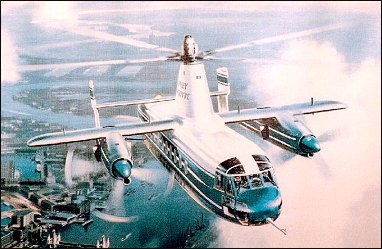
How does a passenger airliner with vertical takeoff and landing capability sound? Pretty good, right? After all, just look at the amount of land runways eat up. Imagine if airports only needed landing pads like the sort used by helicopters, albeit a bit larger.
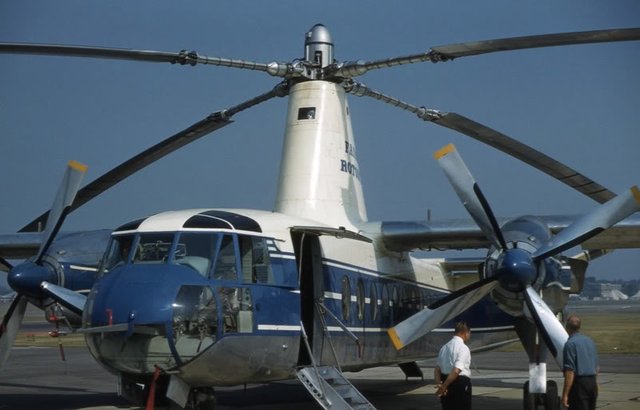
Not actually a helicopter as it first appears, the rotodyne operates more like a gyrocopter where the prop is unpowered except during takeoff and landing. The forward thrust supplied by the props causes the overhead prop to behave somewhat like a wing; its own movement through the air causes it to spin, which in turn generates lift.
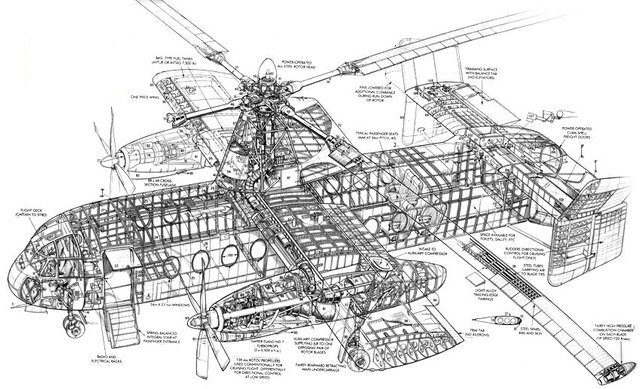
The technical name is gyroplane, as although it for the most part behaves as a gyrocopter, it also has wings with which some amount of lift is generated, and gyrocopters typically don't have an optionally powered overhead prop with which to land vertically. It's an odd beast, and represents an unusual time in the history of aviation.
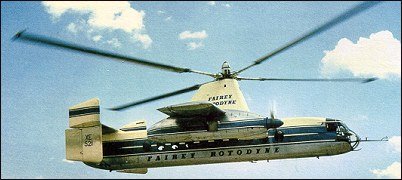
The really strange thing about the gyroplane is how the overhead prop was powered. Each of the blades had a small jet nozzle at the tip which redirected compressed air from an engine driven compressor out at a 90 degree angle to each of the blade tips, causing them to spin.
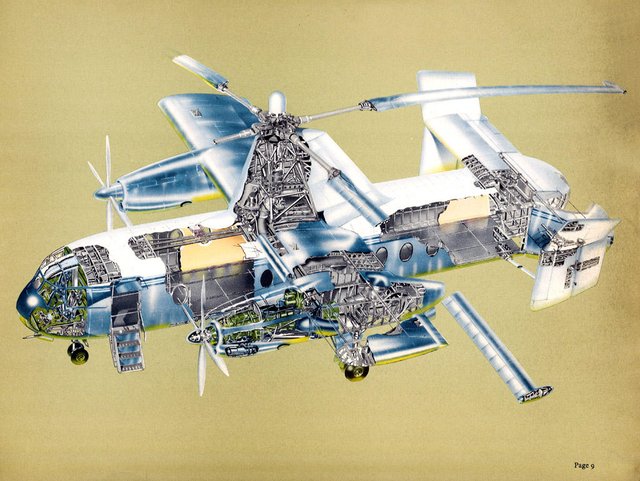
Then, at about 60mph, the tip jets would be cut off. All lift from that point would be generated by forward motion, as a gyrocopter does. The advantages were higher speeds than attainable by helicopter as well as higher fuel efficiency over long distances, all without sacrificing the helicopter's ability to take off and land without a runway.
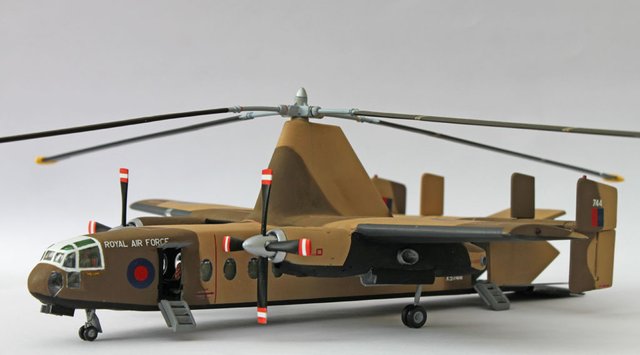
The rotodyne was developed by the Fairey Aviation company in the 1950s with funding from the British government, the intention being to use the rotodyne for military purposes. It was meant for the sort of applications that more recent aircraft like the Osprey and CH-47 Chinook are used for today.
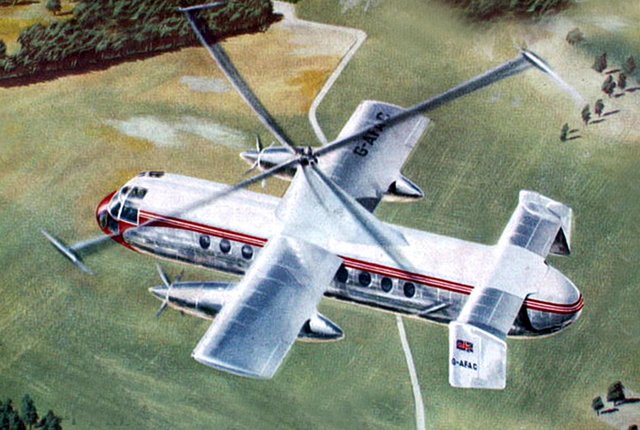
The first problem is that nobody wanted it. It was strange and different. There was concern, some of it legitimate, about how noisy this thing would be when coming in to land over population centers. The second problem was more of a political one. The fact that it received government funding did not endear it to competing aviation companies which leveraged their influence with the airline industry to strangle the rotodyne in its crib.
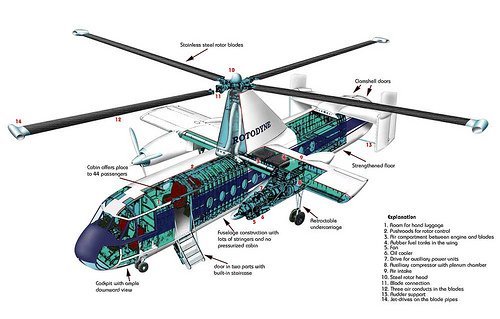
What a shame, isn't it? We could've had a very different future. Of course in a post 9/11 world it's probably impossible from a regulations standpoint, but with rotodynes as the primary mode of commercial air travel, you could land right on top of a sufficiently large skyscraper in the middle of your destination city rather than at an airport. You could land right on the deck of large ships, or seasteads in the middle of the ocean.
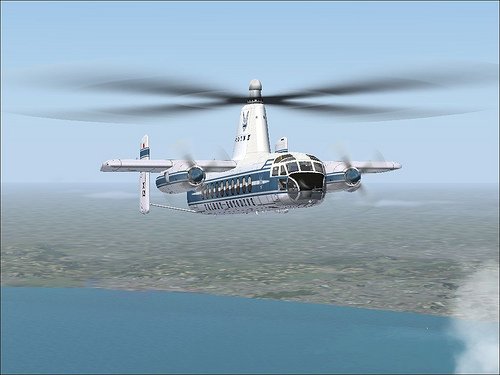
What say you? Would you fly in this thing? Were the reasons for its premature death well founded, or a case of politics getting in the way of innovation?
Interesting to read about those, real shame that they did not get better traction and are not available in a more modern version.
Though now with RC drones gaining a lot of popularity lately and companies exploring large scale multicopters, maybe some ideas form these "planes" can be revived.
Could be. :)
There is an old wisdom thet good aircraft should be nice.
These machines are ugly.